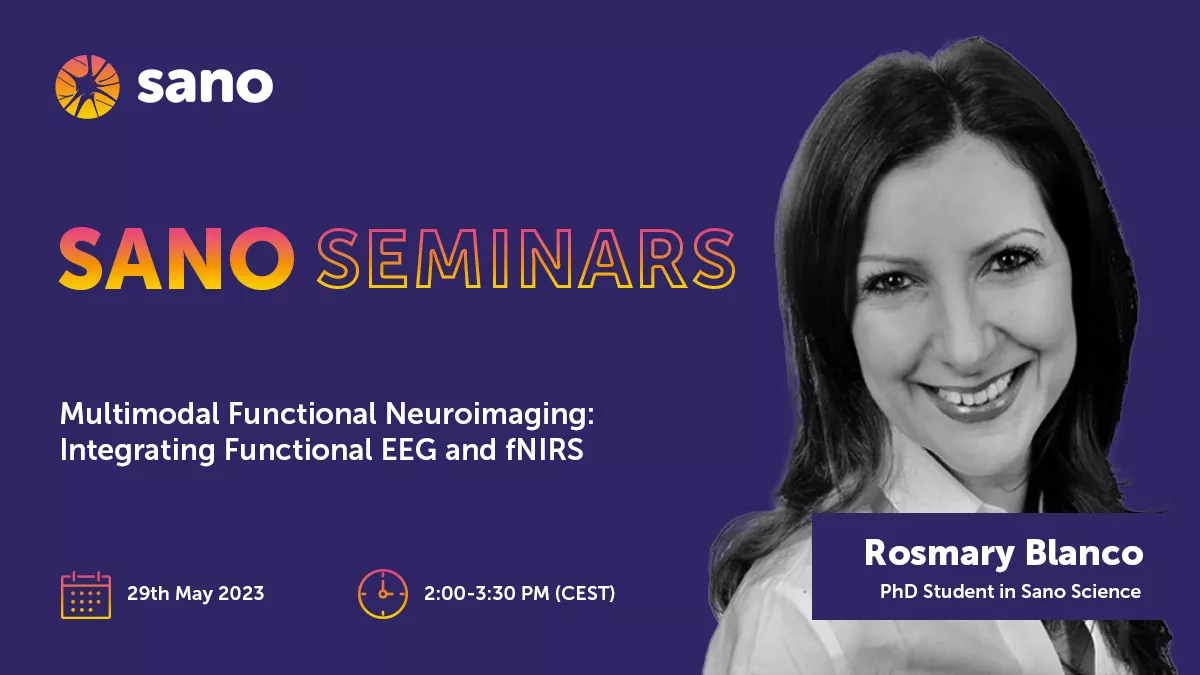
100. Multimodal Functional Neuroimaging: Integrating Functional EEG and fNIRS
Rosmary Blanco – Computer Vision Data Science Team, Sano Centre for Computational Science, Krakow, PL
Abstract
Multimodal monitoring has become particularly common in the study of human brain function. In this context, combined, synchronous measurements of functional near-infrared spectroscopy (fNIRS) and electroencephalography (EEG) are getting increased interest. EEG and fNIRS are state-of-the-art techniques for non-invasive and cost-effective functional neuroimaging. Their strengths and limitations depend on the spatiotemporal characteristics of the measured “source” signals in relation to neuronal activity. The integration of EEG and fNIRS can address their shortcomings while leveraging their respective strengths. However, further development of integrated analysis is needed to fully exploit the added value of each modality. Network neuroscience could be an analytical approach for investigating the potential of multimodal approaches in inferring brain function.
In this seminar, I will introduce EEG and fNIRS techniques, explain how to model the electrophysiological and hemodynamic signals in the source space, and present the results of the study exploring the topology of brain networks captured by the two modalities in the resting state (RS) healthy subjects by means of graph theoretical approaches.
About the author
Rosmary Blanco obtained her master’s degree in Molecular and Medical Biotechnology from the University of Verona, Italy. Her research focused on complex electrophysiological signal processing, particularly in utilizing EEG source functional connectivity and network analysis for epilepsy research. At Sano, her activity is to carry out research in computational neuroscience to investigate how specific empirical patterns of brain activity are influenced by the structural connectome and, to provide insights into large-scale brain dynamics by exploring different models, methods, and techniques, such as multimodal monitoring with whole-brain imaging techniques (EEG and fNIRS).
Her interest in emerging technologies complements her research by using wearable devices as non-invasive, cost-effective, and portable solutions for real-world neurophysiological recordings, enabling approaches that can aid decision-making to support diagnosis and remote monitoring of patients.

